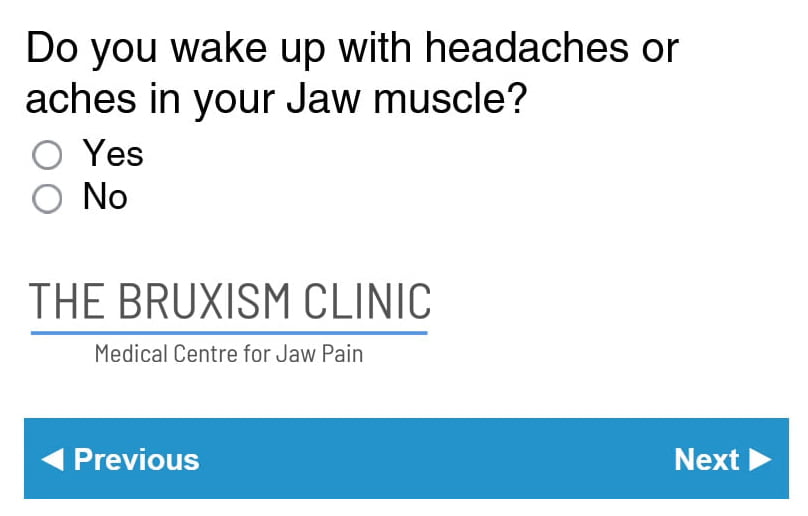Tension headaches can be a debilitating experience, often linked to underlying issues like TMJ disorders and bruxism. Understanding the connection between these conditions is crucial for effective relief. This article explores how jaw clenching and teeth grinding contribute to tension headaches and highlights innovative treatments like Botox to alleviate symptoms. With insights from The Bruxism […]





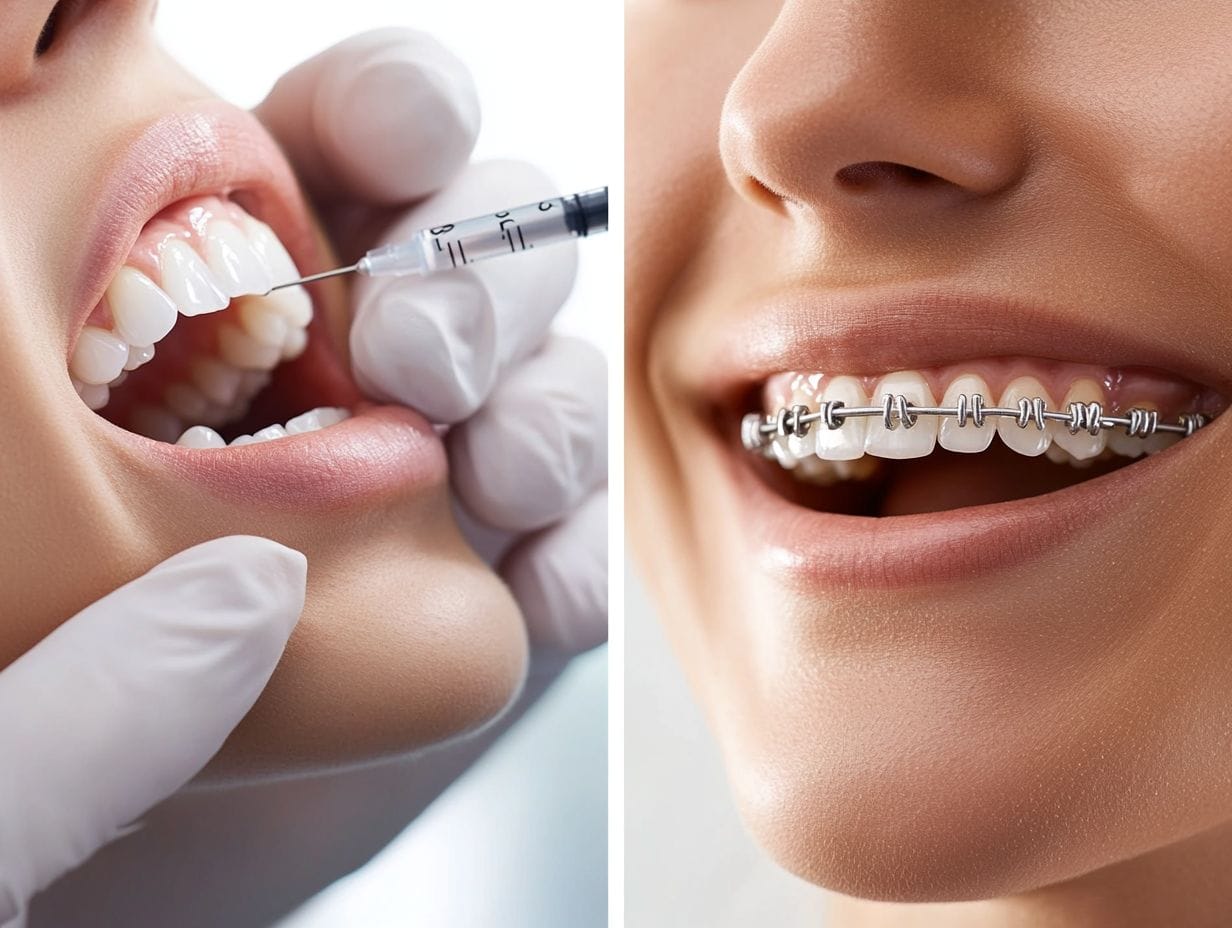
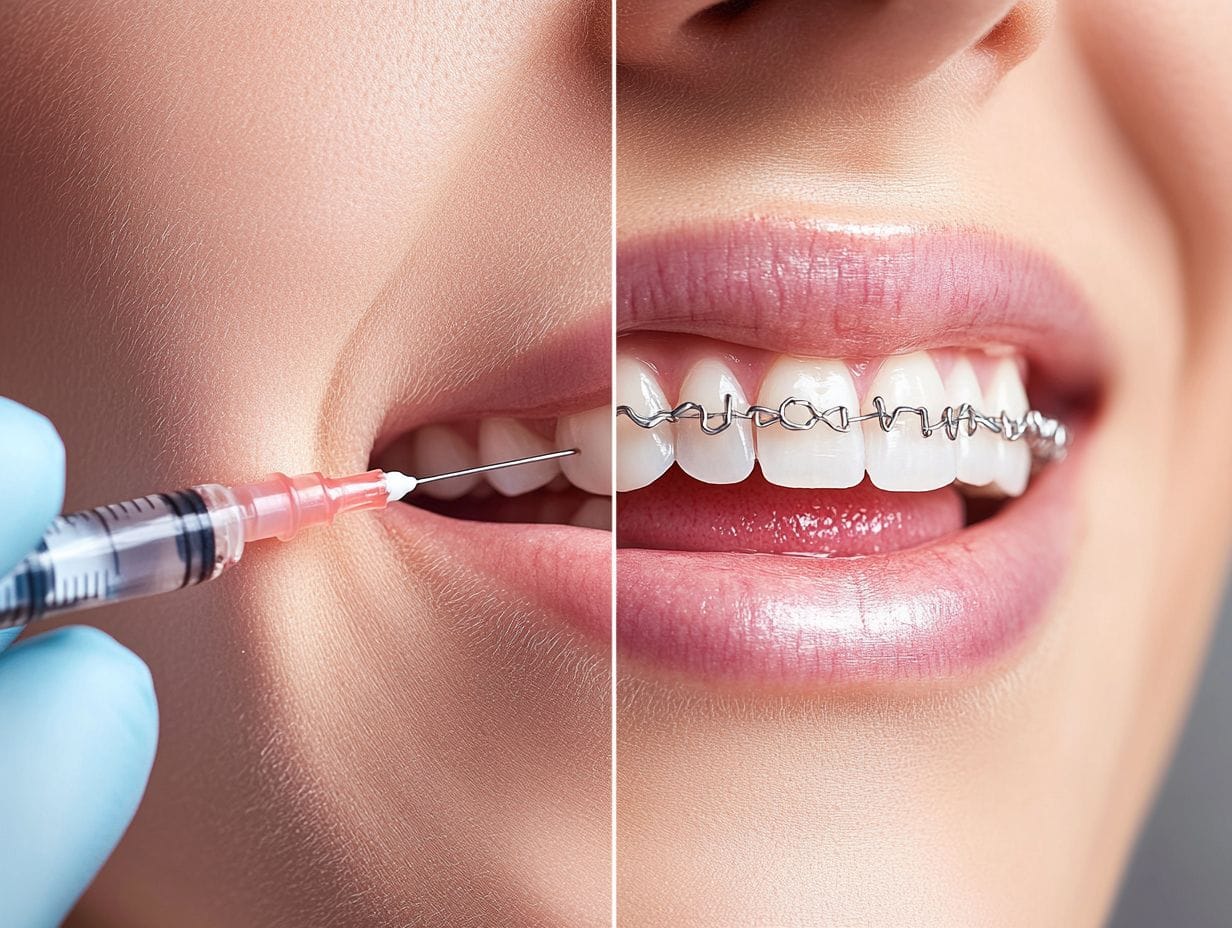 Bruxism is a condition characterised by the involuntary grinding of teeth and clenching of the jaw, often occurring during sleep, which can severely impact jaw alignment.Individuals affected by this condition may unknowingly grind their teeth against one another, leading to excessive wear and tear. The causes of bruxism can vary, including factors such as stress, anxiety, or misaligned teeth. The effects of this condition may manifest as jaw pain, headaches, or discomfort in the ears.If left untreated, chronic teeth grinding can contribute to temporomandibular joint (TMJ) disorders, exacerbating issues related to jaw movement and functionality. The impact of bruxism on oral health extends beyond mere discomfort; it can lead to significant complications, including tooth sensitivity, gum damage, and even alterations in facial structure. This underscores the importance of early intervention and appropriate management of the condition.
Bruxism is a condition characterised by the involuntary grinding of teeth and clenching of the jaw, often occurring during sleep, which can severely impact jaw alignment.Individuals affected by this condition may unknowingly grind their teeth against one another, leading to excessive wear and tear. The causes of bruxism can vary, including factors such as stress, anxiety, or misaligned teeth. The effects of this condition may manifest as jaw pain, headaches, or discomfort in the ears.If left untreated, chronic teeth grinding can contribute to temporomandibular joint (TMJ) disorders, exacerbating issues related to jaw movement and functionality. The impact of bruxism on oral health extends beyond mere discomfort; it can lead to significant complications, including tooth sensitivity, gum damage, and even alterations in facial structure. This underscores the importance of early intervention and appropriate management of the condition.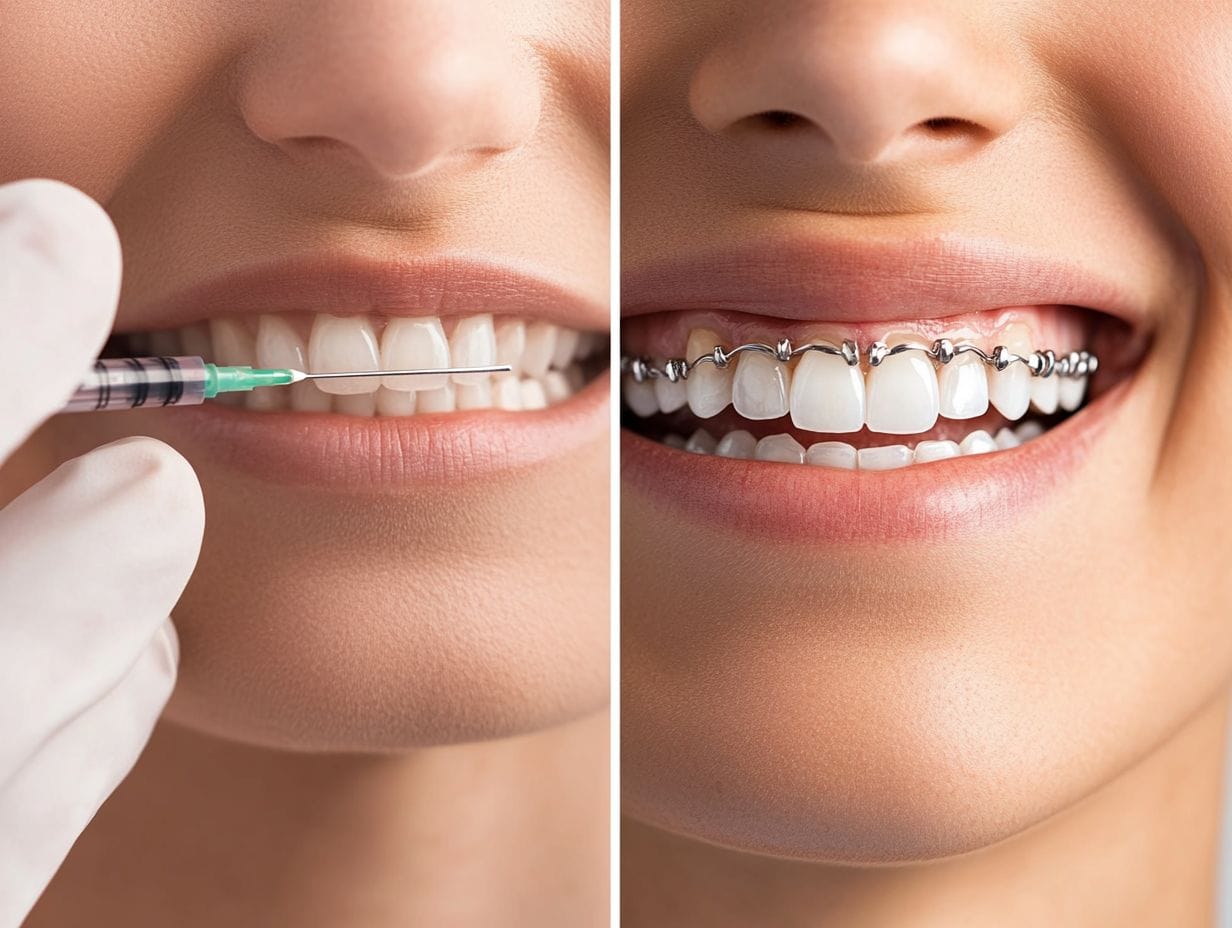 The mechanism by which Botox is utilised to treat bruxism involves the injection of Botulinum toxin into specific muscles. This process effectively relaxes the overactive masseter muscle, thereby alleviating jaw tension.This targeted approach not only results in significant pain reduction for individuals who grind their teeth but also plays a critical role in enhancing jaw alignment. By reducing strain on the jaw, the treatment contributes to a more balanced bite, ultimately improving overall oral health. Minimising the frequency and intensity of teeth grinding can prevent long-term dental issues, such as enamel wear and gum complications, ensuring that one’s smile remains healthy and intact.Integrating Botox into a comprehensive management strategy for bruxism offers enduring comfort and functional benefits.
The mechanism by which Botox is utilised to treat bruxism involves the injection of Botulinum toxin into specific muscles. This process effectively relaxes the overactive masseter muscle, thereby alleviating jaw tension.This targeted approach not only results in significant pain reduction for individuals who grind their teeth but also plays a critical role in enhancing jaw alignment. By reducing strain on the jaw, the treatment contributes to a more balanced bite, ultimately improving overall oral health. Minimising the frequency and intensity of teeth grinding can prevent long-term dental issues, such as enamel wear and gum complications, ensuring that one’s smile remains healthy and intact.Integrating Botox into a comprehensive management strategy for bruxism offers enduring comfort and functional benefits.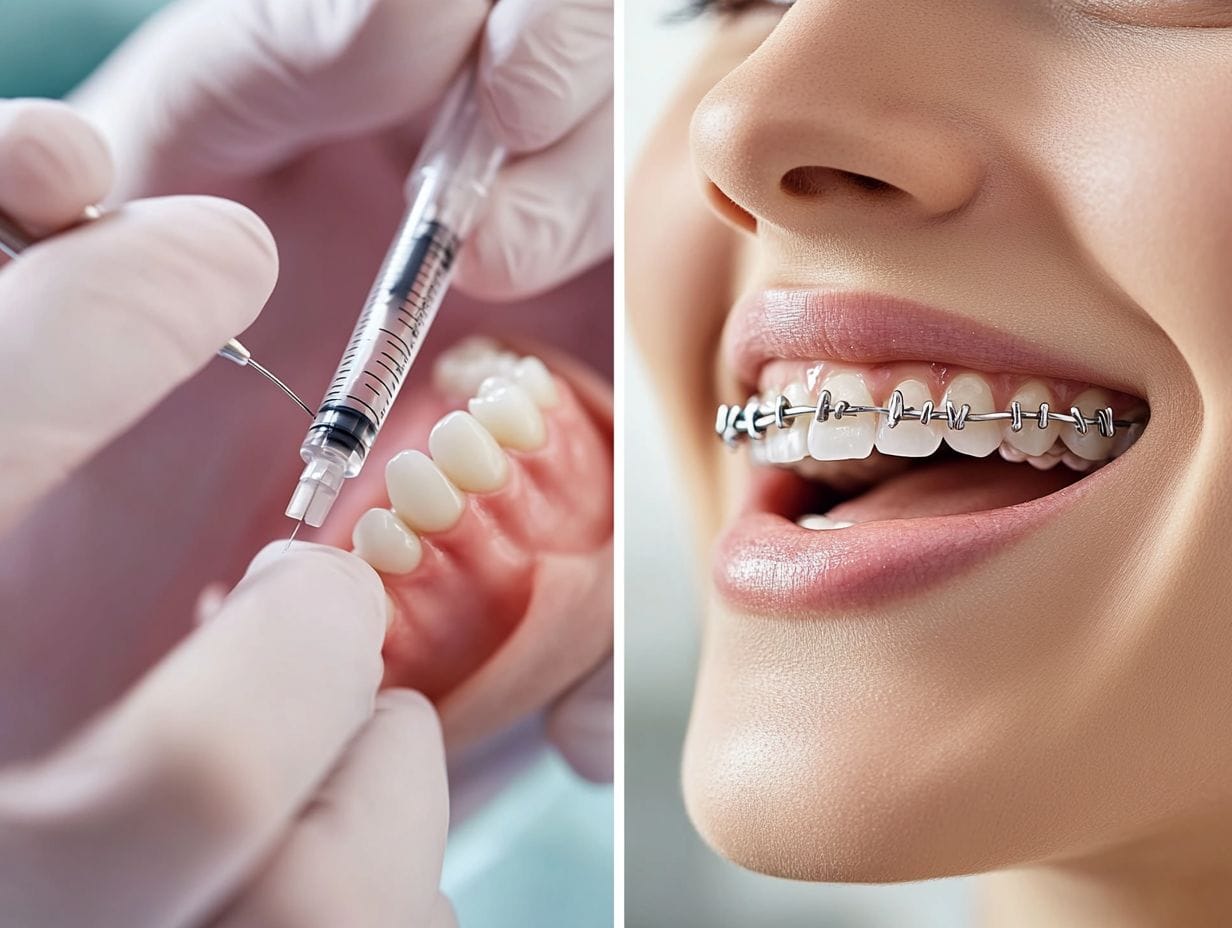 Orthodontic treatment options are diverse, with braces and clear aligners being among the most prevalent methods for correcting jaw alignment and dental misalignment.Both options provide effective solutions for individuals experiencing bruxism-related issues, a condition characterised by the grinding or clenching of teeth, which can lead to further complications. While traditional metal braces offer the necessary stability to reposition teeth effectively, clear aligners facilitate the same process discreetly, without the presence of noticeable hardware.Orthodontists may also recommend dental night guards or oral splints to protect teeth during episodes of bruxism, complementing these treatments.The optimal choice is contingent upon individual preferences and specific dental needs, ensuring both comfort and effectiveness in addressing alignment concerns.
Orthodontic treatment options are diverse, with braces and clear aligners being among the most prevalent methods for correcting jaw alignment and dental misalignment.Both options provide effective solutions for individuals experiencing bruxism-related issues, a condition characterised by the grinding or clenching of teeth, which can lead to further complications. While traditional metal braces offer the necessary stability to reposition teeth effectively, clear aligners facilitate the same process discreetly, without the presence of noticeable hardware.Orthodontists may also recommend dental night guards or oral splints to protect teeth during episodes of bruxism, complementing these treatments.The optimal choice is contingent upon individual preferences and specific dental needs, ensuring both comfort and effectiveness in addressing alignment concerns.
